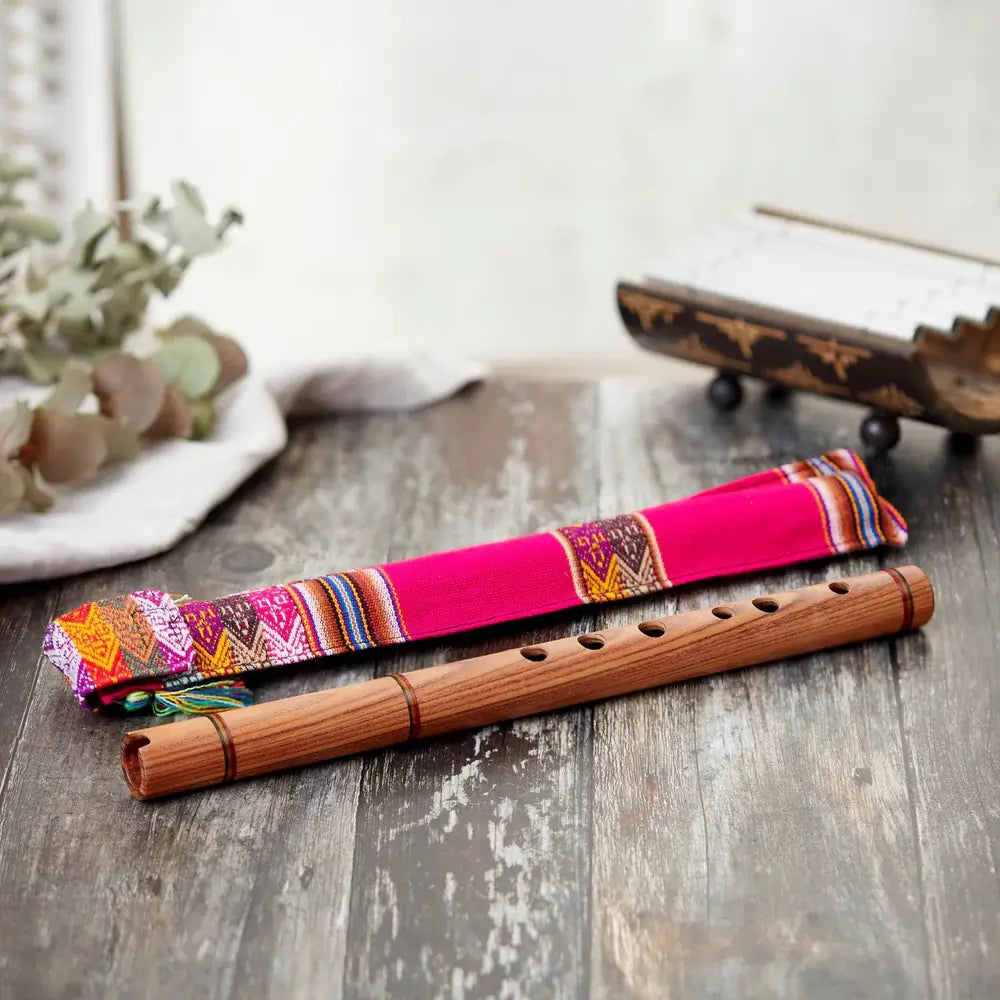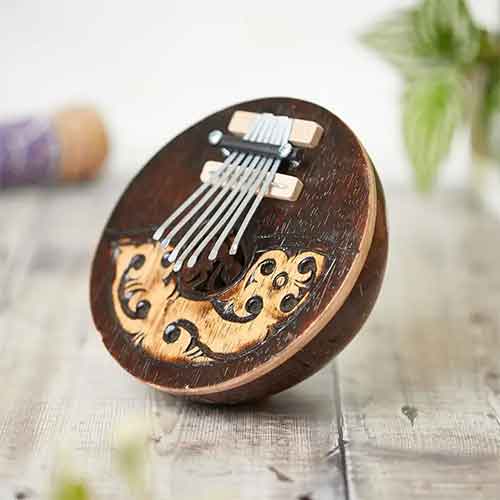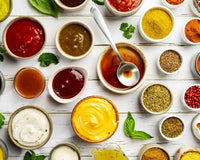Chocolate is loved all around the world. It is said that the chocolate industry alone is worth more than £760 Million. Chocolate is made by processing the cocoa bean. The countries that are the most known for producing cocoa are in no particular order ‘The ivory coast, Indonesia, Ghana, Nigeria, Brazil, Cameroon, Ecuador and Mexico.’
The processing includes a mixture of cleaning to remove various materials, then the beans are roasted which is how the flavour is developed, then a winnowing machine used to remove the outer shell. With the cocoa nibs that are left, they are alkalised which helps further develop the colour and flavour.
The cocoa nibs are then milled which creates a cocoa liquor, then this liquor is pressed to extract the cocoa solids and butter. Using these two ingredients and with the addition of others depending on what type of product the manufacturer wants to make.
The chocolate then undergoes a refining process to improve texture, conching which makes it smooth and a tempering process that prevents discolourations and fat bloom. The mixture can then be put into moulds to create the desired shape, and once it has set. It is ready for packaging and distribution.
About White chocolate

I get questions all of the time about white chocolate. Whether it has any health benefits, why it is classified as chocolate, etc.
Despite all of these debates, it is still classified as white chocolate and this comes down to the fact that even though it doesn’t contain any cocoa solids, it does contain cocoa butter.
Still, the main ingredients in white chocolate are sugar and milk. Despite the milk containing a small amount of calcium, this type of chocolate is still quite unhealthy and should only be enjoyed as a treat.
I personally do not like ‘white chocolate and do not class it as chocolate. This is because, in my opinion, it seems so different from the other varieties.
About Milk chocolate

Milk chocolate is a chocolate that contains under 30% of cocoa solids, cocoa butter, sugar, vanilla and most of the time a few emulsifiers and preservatives. This type of chocolate Is by far the nation's favourite and whilst it does contain some iron from the cocoa itself, the high amounts of sugar stop your body from being able to absorb it.
People who work in shops refer to milk chocolate products as ‘Impulse products’. This is because the high amounts of sugar make it addictive.
Whilst eating it occasionally would be fine, this is very hard to do. Eating a lot of sugar in the form of milk or white chocolate could lead to serious health conditions. Generally, the higher the cocoa solids, the healthier the chocolate.
I used to love milk chocolate all the way up until I became an adult.
I hated feeling dependant on sugar in general and found that by switching to dark chocolate (which tasted horrible at the time).
My cravings for sugar-reduced dramatically. From then on, every time I craved sugar, I would eat dark chocolate and eventually I started to prefer dark chocolate as it made me feel good.
About dark chocolate

This type of chocolate is known as the bitter chocolate and because of this taste, it is quite undesirable to many. It is no secret that the majority of the nation prefer milk chocolate and this is likely because of the high levels of sugar which in turn reduces the bitterness.
This is a shame because dark chocolate is considered healthy in moderation and is much closer to its natural form.
Whilst dark chocolate is considered dark if it contains at least 30 % of cocoa solids, it could be said that the higher the percentage, the healthier the product. This is because a 70% dark chocolate would have much less sugar and the ratio results in more iron, antioxidants, and more of an in-depth flavour.
Dark chocolate isn't always bitter, and if it does have a bitter flavour then it could be the result of a poor quality product.
Not all chocolate is equal, and the quality can be affected by various factors such as eowing conditions, temperature, ground soil, the processing and varying proportions of cocoa solids and cocoa butter.
A good quality dark chocolate should be smooth and taste similar to that of a real Italian coffee with subtle notes of sweetness. I eat dark chocolate for health reasons, and I find that it helps my sugar cravings.
The antioxidants in dark chocolate have been known to reduce your chances of developing illness, and disease. When I had tonsillitis, I actually found that putting a small amount of dark chocolate to the back of my throat and letting it melt soothed the pain.
Fairtrade chocolate
Buying Fair Trade chocolate is a big deal, it ensures that the cocoa farmers who made the chocolate are treated fairly and are given a sustainable income so that they can look after themselves, their families and continue to grow their business.
Before fair trade was introduced, workers were being treated unfairly in terms of receiving a low wage and having to work in poor conditions. In some cases, it would cost the farmer more to grow the crop than what they would have earned by selling it. Because of fair trade, we have been able to remove this inequality, and by purchasing fair trade, you are saying no to slave labour and are being fairer to the producers that grow and nurture your cocoa/chocolate.
The best Fairtrade chocolate
Fair trade chocolate is an increasingly popular choice among chocolate lovers. When you buy Fair Trade chocolate, it means that the farmer who produces the cocoa gets paid a fair wage. I decided to try out some Fair Trade chocolate brands that are commonly found in local supermarkets. I tried Divine Chocolate, Seed and Bean chocolate, Chocolate and Love, and a brand I had never heard of before.
First up was the lemon and cardamom chocolate. I was intrigued because it's vegan and has no milk in it. The packaging was eye-catching, and the chocolate had a strong cardamom and lemon scent. The floral flavour of cardamom was the main flavour in this chocolate bar.
Next, I tried the lavender chocolate. While the packaging was appealing, the flavours didn't work. Unfortunately, it tasted like perfume. The pomegranate chocolate was a winner in my book. The packaging is compostable and made from sustainable harvested wood, and it's plastic-free. The chocolate had a sweet and fruity taste, with bits of pomegranate adding to its flavour.
The dark chocolate with pretzels and caramel was also an excellent choice. The pretzel bits added a nice crunch, and the caramel flavour was strong but not overpowering. The coffee chocolate was another strong contender, with its strong coffee flavour. The lemon bar, on the other hand, was a disappointment. It had a strong lemon scent but tasted terrible, like washing liquid.
I also tried a quinoa chocolate bar from the same brand as the lemon bar. While the texture was nice due to the quinoa, the chocolate itself was of poor quality. It was a disappointment and gave vegan chocolate a bad name. I tried the smooth dark chocolate with raspberry, which turned out to be my favourite chocolate bar out of the ones I tried. The texture was similar to the pomegranate chocolate, and the raspberry flavour was strong but not too sweet. I would recommend trying out Fair Trade chocolate brands. My favourite chocolate bars were the pomegranate, lemon and cardamom, and raspberry ones.
Health benefits of cocoa
Cocoa is nutritious, it contains fibre, iron, magnesium, copper, manganese, potassium, zinc, phosphorus and selenium. It is rich in antioxidants that can help prevent certain types of disease.
The flavanols in cocoa are able to increase blood flow and may lower blood pressure. Studies also show that dark chocolate could reduce the risks of heart disease, and may offer your skin protection from the sun.
Does chocolate contain caffeine?
Cocoa solids contain caffeine and if you are sensitive to caffeine then you should avoid eating it at night. At the same time, I find that I crave dark chocolate right before going to sleep. According to research ‘dark chocolate naturally boosts serotonin levels and helps your muscles relax which in turn promotes good sleep.’
Caffeine, in general, is a nervous system stimulant that has the ability to increase alertness, thus making you feel more awake, less tired. It is also used in medications to manage drowsiness, headaches and migraines. However, too much caffeine can cause headaches, shakiness, and anxiety.
The best dark chocolate brands
My favourite dark chocolate brand is Montezumas, I like their chocolate because they offer a quality that I can trust, with no bitterness, and whilst the price is a little more, the chocolate is always enjoyable, and organic.
The company always uses eco-friendly packaging and puts the people first. When you go and visit, they offer you some chocolate to taste whilst you walk around and they have many unique flavours to choose from.
My all-time favourite is their dark chocolate buttons as they are snack size! If I can’t get to Montezumas, I go for the second-best Lindt. It’s always good chocolate, just a little more expensive.
Hot chocolate
As well as eating the many types of chocolate, it can also be made into a hot or cold beverage such as a hot chocolate, milkshakes, and cocoa can even be sprinkled onto baked goods and coffee to create what’s known as a mocha.
Hot chocolate is enjoyed worldwide and every culture seems to enjoy subtle variations of it. For example, in a Mexican hot chocolate, you will find cayenne pepper which is a type of chilli, it is also accompanied by cinnamon, and is whisked in a traditional way using a molinillo whisk.
Whereas variations from France usually include heavy cream and over there, it is sometimes eaten for breakfast. Hot chocolate for breakfast does sound odd, but the way they put it in a bowl and serve with a soft brioche bread is very inviting.
What pairs with chocolate
When it comes to pairing things with chocolate, you have many options. Generally, sweet fruits work well when paired with dark chocolate and this is because the bitterness of dark chocolate paired with a sweet fruit can help balance the flavour better. You could dip strawberries into melted dark chocolate as a tasty snack.

Your typical flavoured chocolate usually has extracts of orange, mint, nuts and sometimes even chilli.
Popular nuts found in chocolate are almond, cashew, coconut, and hazelnut. An example of coconuts profound popularity has been demonstrated in the ‘bounty chocolate bar. Hazelnuts have been mixed with chocolate for years to create Nutella, Ferrero Roche, liquors and so much more.
If you are not that into nuts, the raisin option is nat! Chocolate can be paired with coffee, and whilst the earthy flavours of both are very similar, together they complement one another. This can be achieved in a subtle way as demonstrated in an Italian dessert called tiramisu.
Spices also work well with chocolate and the best has to be cinnamon. This is because it has a sweet flavour and together they just click. Imagine delicious churros (Long Spanish doughnut) with cinnamon sugar and a dark chocolate dip!
Aside from consuming too many calories from dark chocolate, and too much sugar from milk chocolate. The key here is that overeating anything is not good for you. Of course, if you do eat too much, you are putting yourself at risk of heart disease, high blood pressure and high cholesterol.
The same could be said for anything with lots of sugar, as eating too much sugar comes with its own set of problems and can cause acne, obesity, diabetes and other diseases. Whilst it is also possible to have an allergy to cocoa itself, the more common problem is from the lactose of milk chocolate. The trick to a healthy diet is by keeping everything balanced and eat foods in moderation.
Is organic chocolate better?
Organic chocolate simply means that all of the ingredients used to make it are organic. For example, organic cocoa solids, organic cocoa butter, and organic sugar. Organic foods are considered healthier and are generally more expensive.
This is because it has been grown under strict standards without the use of conventional pesticides and fertilisers which means that they produce is more natural and does not contain any chemicals that could pose harm to the health.
It could be more expensive because without pesticides, more food could be wasted to insect damage and without the use of fertiliser, the harvest may not be as significant.
How much should we be eating per day?
As we have mentioned before if you are eating milk chocolate then your main goal should be to not overdo it on the sugar, when you eat dark chocolate your primary goal becomes not overdoing it on the calories.
According to studies, the recommended dose is between 30g-60g (1-2 ounces). Experts suggest that you don’t eat any more than that otherwise you may end up consuming too much fat.
If you are sticking to the 1 ounce of dark chocolate, it would be completely fine if you wanted to have it every day. This is because it is loaded with nutrients, and is one of the best sources of antioxidants.
Should children eat chocolate at Easter?

The RDI (recommended daily intake) of sugar for an adult set by the British Heart Foundation is no more than 30g, for a child this is closer to 19g. Now as you can imagine eating just one average Easter egg found in your local shop has around 56g of sugar.
If your child is eating one or more of these on this day, then they are consuming way too much sugar and are at risk of developing heart disease, diabetes, and more. On top of this, they are being set up to be highly dependant on sugar later on in life as they become addicted.
Whilst you could not bother with the whole-money-making season, if you do want to still celebrate Easter then opt for one of those dark chocolate Easter eggs and if it is high in sugar, then you may want to think about eating only a quarter of it.
Up next: Montezuma's Dark Chocolate Selection









